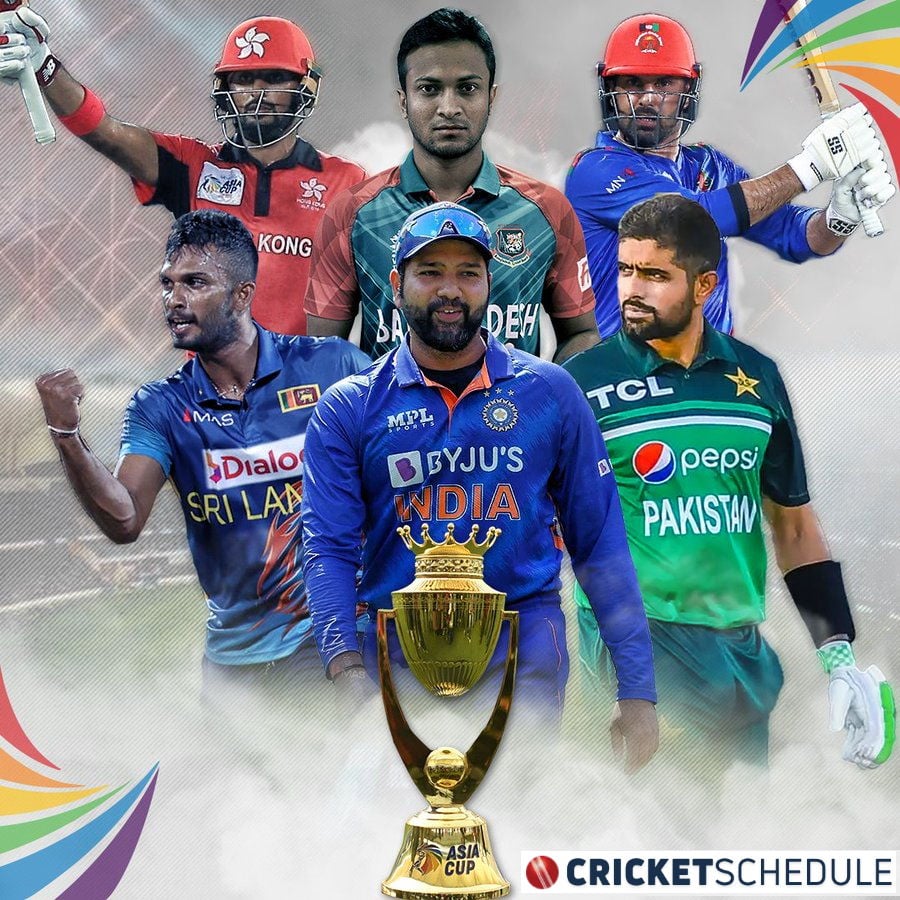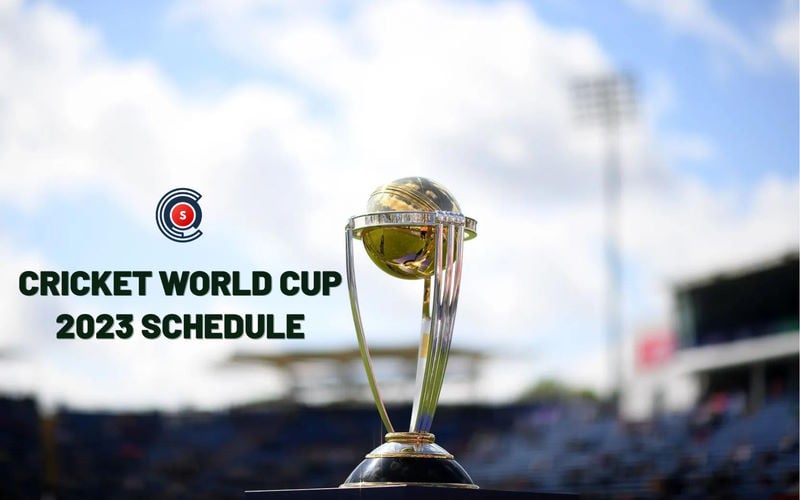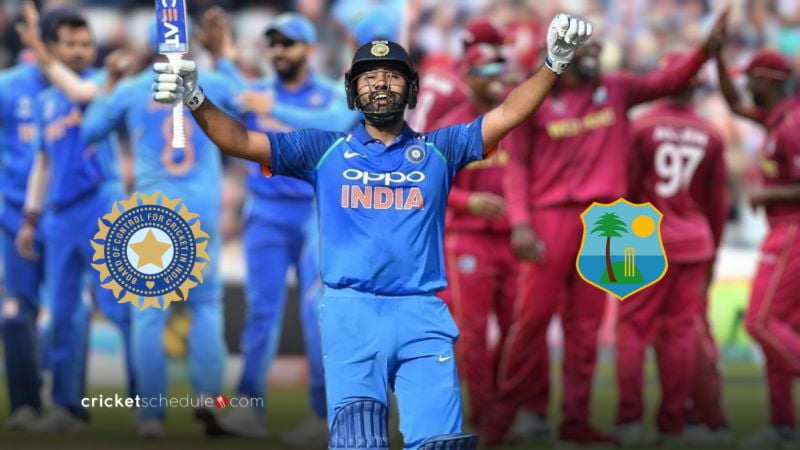In recent years, women’s cricket has experienced a remarkable surge in popularity, captivating a growing audience of fans, sponsors, and broadcasters alike. The stellar performances of national teams from powerhouse cricketing nations like Australia, England, India, and New Zealand have undoubtedly fueled this upward trajectory, shining a spotlight on the talent and prowess within the women’s game.

While it is true women have come a long way in the male-dominated realm of sport, there’s still a lot of work to be done when it comes to breaking that glass ceiling. This is no different in the domain of cricket. Yet, the world of sport is not the only one that tends to be dominated by men, even in 2024. Fortunately, things are slowly but surely changing. Even other pastimes like gambling are depicted as an activity governed by males. And we’re not just talking about being able to play Rupees at real money casinos – or frequenting casino resorts. But even being bigshots earning large chunks of money at poker tournaments and the like.
Let’s take a look at the different ways women are championing change in this male-dominated sport.
Introducing New Leagues
The emergence of professional leagues such as the Women’s Big Bash League in Australia and the Kia Super League in England has been a game-changer, providing female cricketers with invaluable opportunities to showcase their skills and compete at the highest echelons of the sport. With each boundary scored and wicket taken, women’s cricket is carving out a legacy of its own, proving that its time in the limelight has finally arrived.
More Female Leadership
Achieving gender parity in leadership roles within cricket is imperative for genuine transformation within the sport. Despite the presence of talented women serving in respectable roles across all levels of cricket, the stark reality remains that only 13% of the top positions are held by females.
While attaining 50% representation of women in senior leadership roles would mark a significant victory, it is also crucial to foster a culture of positivity and support for all females working within the field, encouraging career progression. This necessitates active involvement from male allies, particularly those occupying influential positions within the sport, who must serve as catalysts for change by leading with a clear example of inclusivity and equity.
Equal Pay
Last year, The Guardian exposed a significant gap between the umpires officiating the 2023 editions of the men’s and women’s Hundred tournaments. Umpires in the women’s tournament received approximately one-third of the payment compared to their counterparts in the men’s tournament. Specifically, on-field and TV umpires in the women’s matches were compensated £300 per game during the group stage, while those officiating men’s group stage matches received £1,000 per game. For the finals, the pay gap persisted, with fees amounting to £1,000 for women’s matches and £2,500 for men’s matches.
This instance represents just one of the many times whereby women in cricket earn significantly less than their male counterparts despite playing at the same level. To combat this growing issue, the Independent Commission of Equality in Cricket has championed the implementation of gender budgeting. This means that equitable funding allocation for the women’s game extends beyond player salaries, encompassing essential aspects such as marketing and infrastructure, laying the foundation for long-term sustainability and growth.
This strategic investment not only rectifies current disparities but also promises substantial returns, unlocking additional resources to bolster the women’s game. By embracing gender budgeting, cricket not only enhances its inclusivity but also maximizes its potential to thrive economically, ensuring a brighter future for all stakeholders involved.
A Continuous Fight
The journey towards gender equality in female cricket is ongoing but undeniably vital. The disparities highlighted in umpire pay and leadership representation are just the tip of the iceberg, reflecting broader systemic issues within the sport. However, amidst these challenges, there’s a resounding call to action for change.
By advocating for initiatives like gender budgeting and fostering a culture of inclusivity and support, stakeholders within cricket can pave the way for a more equitable future. It’s imperative that we continue to amplify the voices of women in cricket, ensuring they receive the recognition, opportunities, and respect they deserve.

Official Anthem
2023 Cricket World Cup Anthem Song

Asia Cup 2023
Asia Cup Schedule, Dates, Timing & Venues

Cricket Schedule
ICC Cricket World Cup Schedule 2023

LLC Masters 2023
LLC Schedule, Dates, Timing & Venues

Cricket Schedule
India vs West Indies Schedule 2023

Cricket Schedule
The Hundred Schedule 2023
